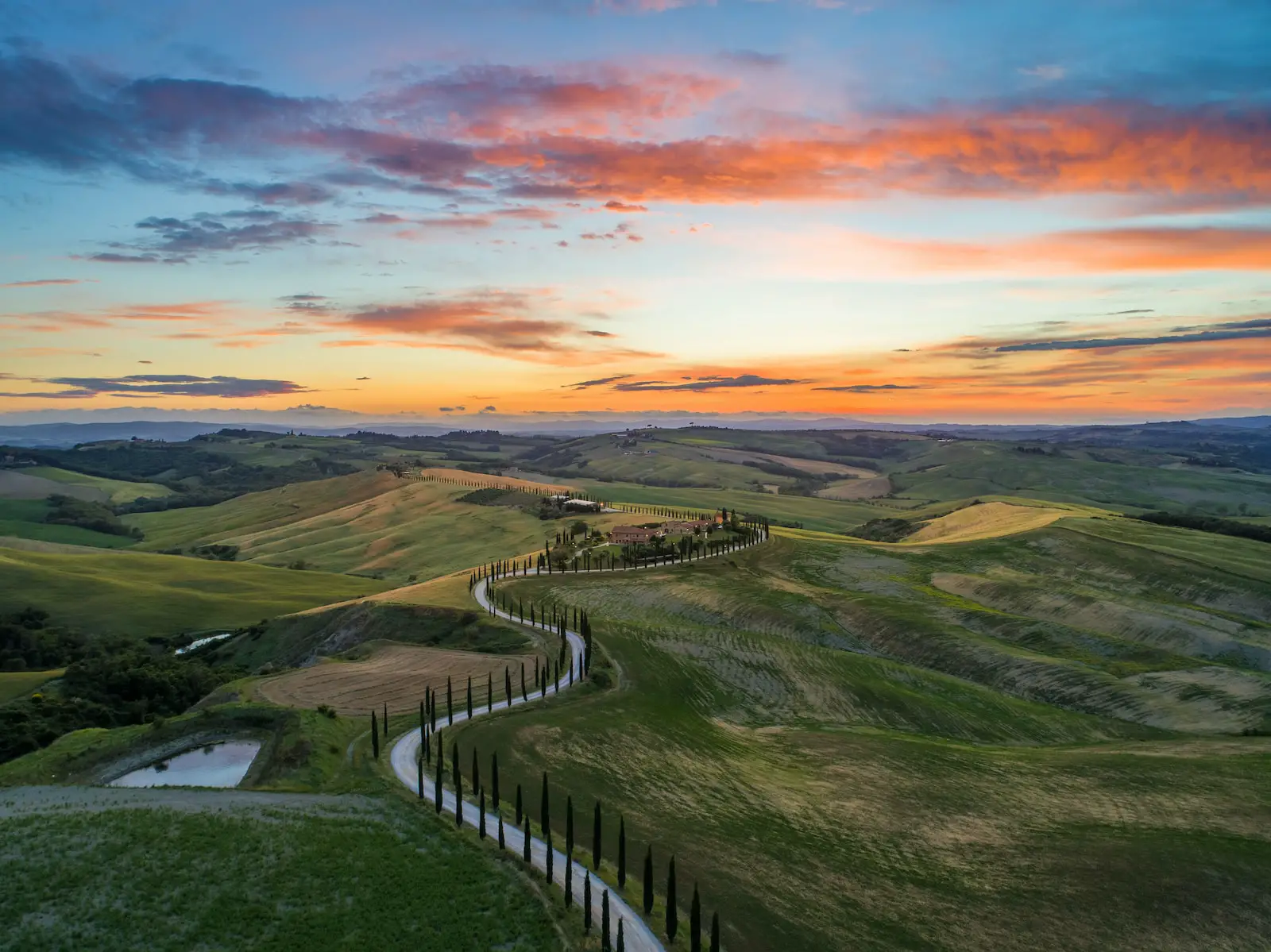
Reading Italian wine labels can feel a little cryptic, especially if you’re standing in the wine aisle of your local store and holding two bottles that look essentially the same.
If you want the highest quality Italian wines, then choose a DOCG Italian wine, sometimes written out as Denominazione di Origine Controllata e Garantita. DOC Italian wines, or Denominazione di Origine Controllata, are very good wines, but just below the highest quality category. DOC wines will typically be less expensive than DOCG wines.
Italy offers a huge array of wine styles and quality categories; here’s a quick guide on how Italian wine classifications work to help you pick the right wine for your next Italian-themed dinner. Spaghetti and meatballs here you come!
Italy Wine Law Background
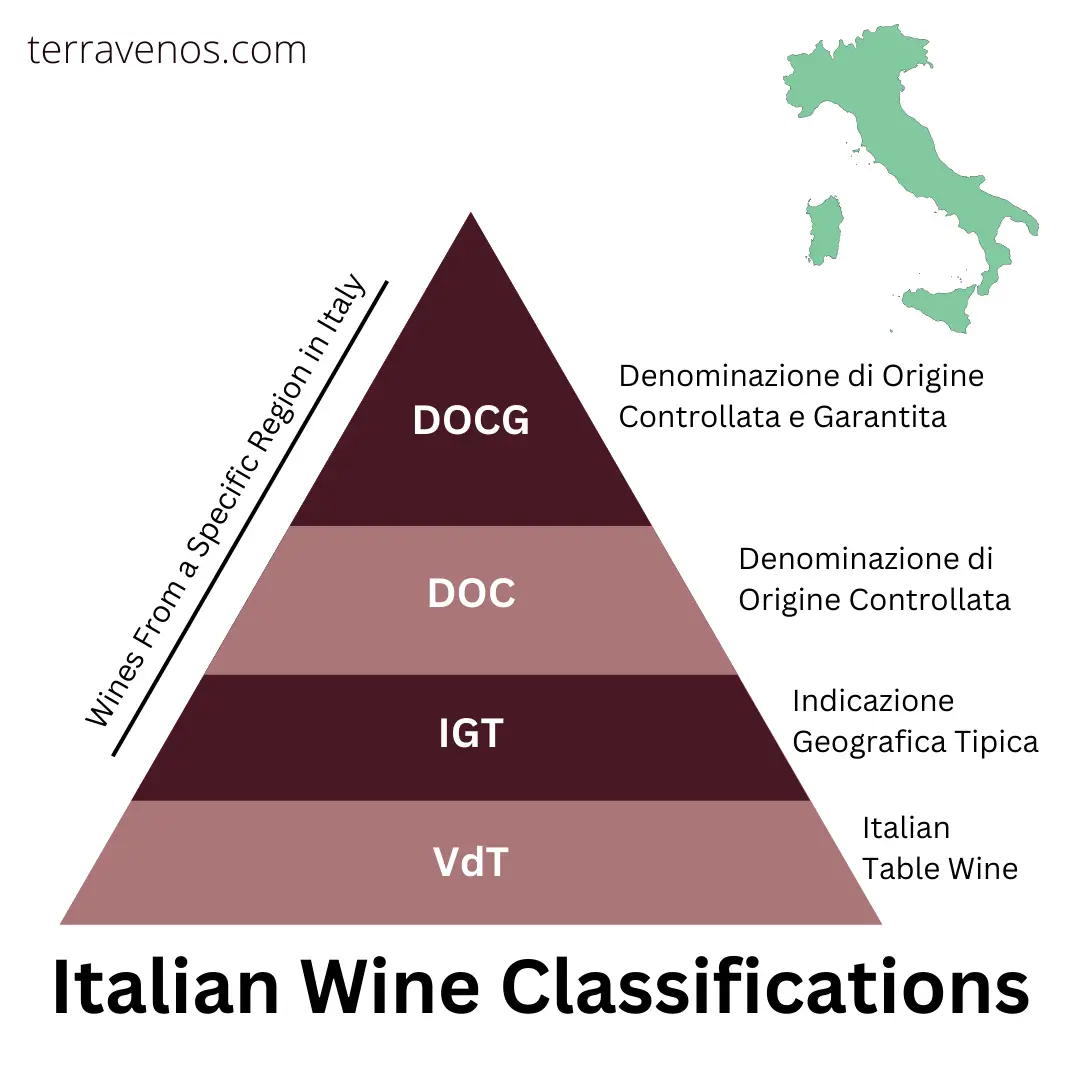
Italy established a quality ranking system for its wines back in the 1960s as a way to help consumers identify what was in their bottles. Italian wine producers label their wines by region, not necessarily grape variety.
Some umbrella regions, for example, the uber-famous Chianti, can be subdivided further into geographical areas known to grow higher-quality grapes, and, by extension, make better wines.
This is the origin of the Italian wine ranking system.
So while it may seem complicated, once you understand three main Italian wine classifications, the Italian wine labeling system becomes an easy way to help you decide on the wines you want to drink.
The three main classifications for Italian wine you should know are:
- Denominazione di Origine Controllata e Garantita (DOCG)
- Denominazione di Origine Controllata (DOC)
- Indicazione Geografica Tipica (IGT)
Denominazione di Origine Controllata e Garantita – DOCG
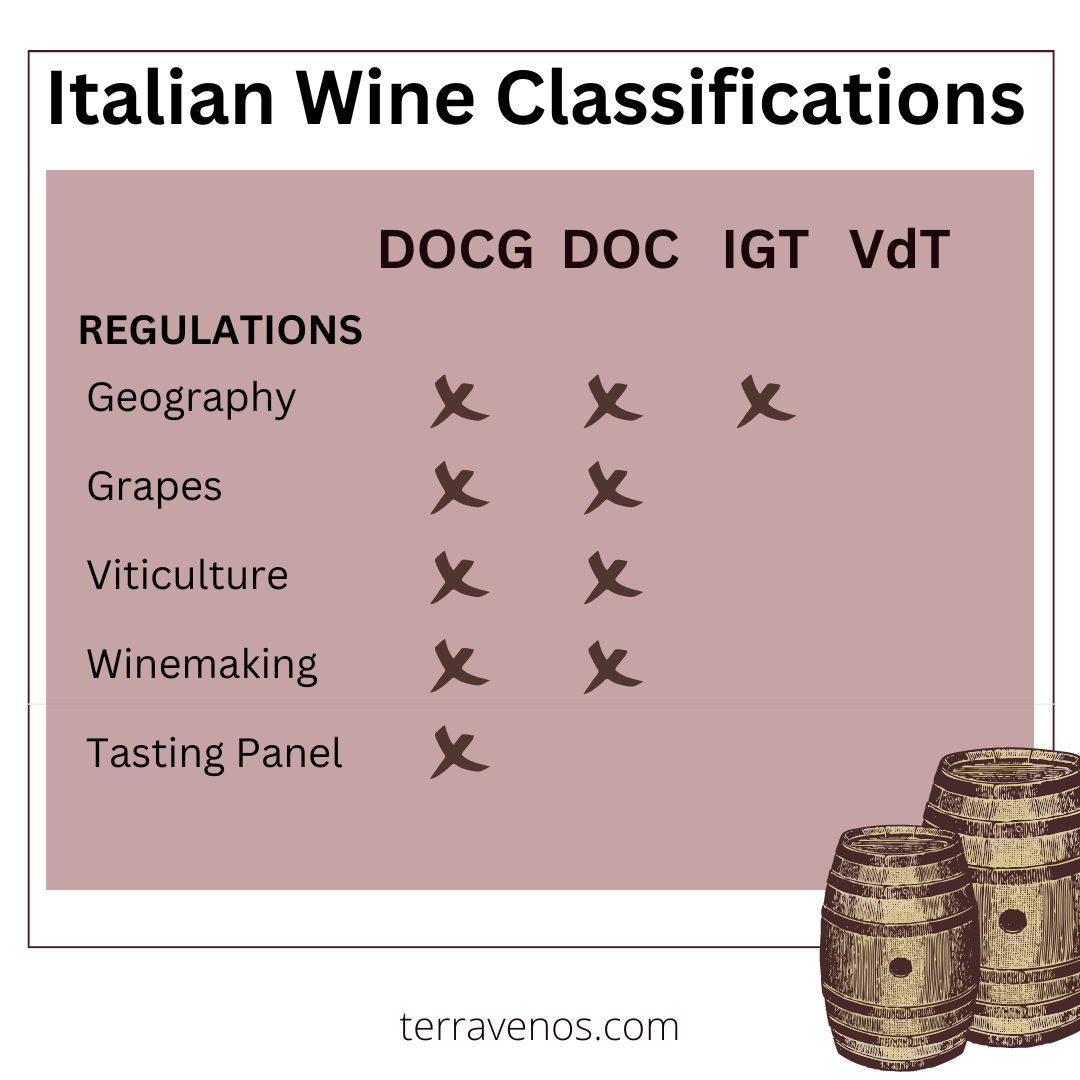
The Italian DOCG wine classification is the highest classification for wine in Italy.
DOCG Italian wines are the best.
The classification means that a governing body oversees and controls production methods in the vineyard and in the winery (controllata) and guarantees the wine’s quality (garantita), through a tasting panel.
Helpful Tip: You can’t shop for Italian wine without coming across Chianti. Here’s how to buy an amazing Chianti wine every time.
The DOCG rules for wines put strict production requirements on grapes destined for DOCG Italian wines.
The rules stipulate that certain grape varieties go into the wine, the total yields permitted are lower (lower yields increase wine quality), and the minimum ripeness for grapes is higher (which means higher alcohol and richer flavors).
DOCG rules may include stipulations for aging the wine in barrel or bottle before the wine’s released for sale.
All of these regulations will add to a wine’s production cost, so expect to pay a little more for a DOCG Italian wine.
DOCG Italian wines can be white, red, or even sparkling wines depending on the region’s winemaking regulations.
As of 2022, there are now 77 DOCG wine regions in Italy, most found in Tuscany (of Chianti fame), Piedmont (of Barolo fame), and Veneto (home of Prosecco, Pinot Grigio, Soave, and Amarone).
Each DOCG Italian wine goes through an official tasting panel.
You’ll see DOCG wine bottles sealed with a small piece of white paper that has the official government seal.
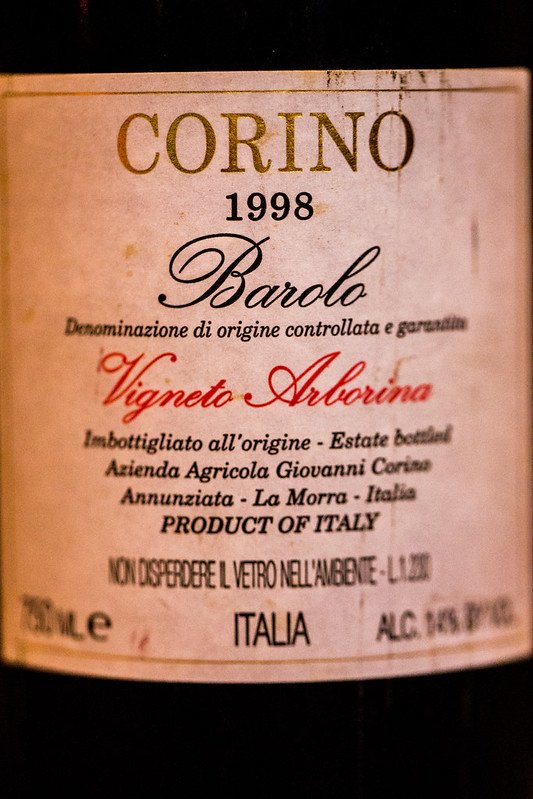
Ready to try an Italian DOCG wine?
Some excellent Denominazione di Origine Controllata e Garantita (DOCG) wines include:
- Soave Classico (Veneto) – White Garganega Wine
- Roero Arneis (Piedmont) – White Arneis Wine
- Brunello di Montalcino (Tuscany) – Red Sangiovese Wine $$
- Vino Nobile di Montepulciano (Tuscany) – Red Sangiovese Wine
- Chianti (Tuscany) – Red Sangiovese Wine
- Barolo (Piedmont) – Red Nebbiolo Wine $$
- Barbaresco (Piedmont) – Red Nabiolo Wine
- Conegliano Valdobbiadene Prosecco Superiore (Veneto) – White sparkling wine
Helpful Tip: Here’s how much you should be spending for Nebbiolo depending on your budget.
Denominazione di Origine Controllata – DOC
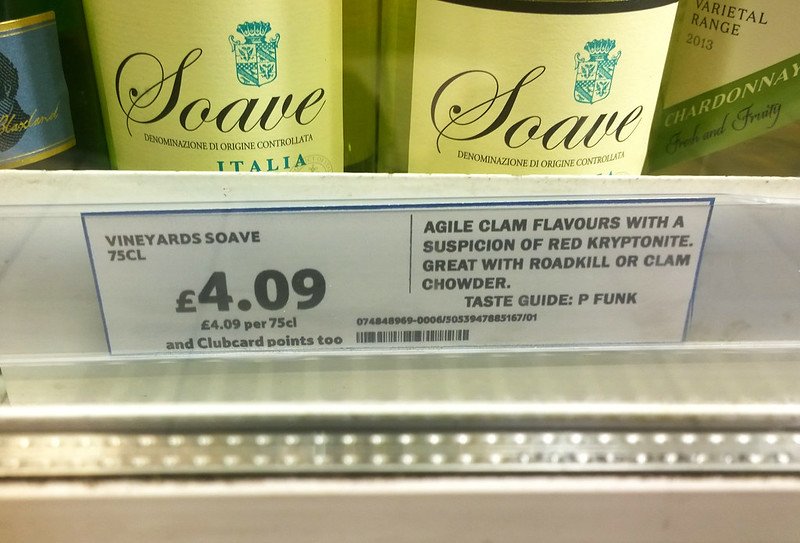
DOC Italian wines are the second highest quality level.
Denominazione di Origine Controllata, or “designation of controlled origin” Italian wines still adhere to strict production rules for quality and authenticity.
As of 2022, there are now 330 DOC wine regions in Italy, each has its own regulations for the permitted grape varieties, maximum yields, viticultural practices, and winemaking rules.
DOC Italian wines can be white, red, rosato, or even sparkling wines depending on the region’s winemaking regulations.
DOC wines typically allow higher yields than their DOCG neighbors and cover larger areas of land than DOCG wines.
DOC wines may not have the same strict aging requirements as their DOCG counterparts. All of these translate into DOC Italian wines that are still excellent, but perhaps not as concentrated as the DOCG Italian wines.
It also means that total production costs are lower making your bottle of DOC Italian wine less expensive. Win!
Tip: Want to buy a bottle of Chianti wine? Tuscany has many sub-regions all making delicious Chianti. Check out this quick how-to Chianti buying post I wrote to help you crack the Chianti code.
If you’re looking to try delicious Denominazione di Origine Controllata (DOC) Italian wines, check out some of the following:
- Orvieto (Umbria) – White wine
- Soave (Veneto) – White wine
- Montepulciano d’Abruzzo (Abruzzo) – Red wine
- Valpolicella (Veneto) – Red wine
- Salice Salentino (Puglia) – Red Wine
Indicazione Geografica Tipica – IGT
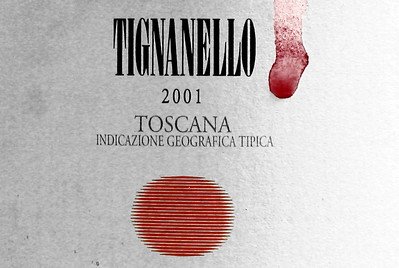
The third Italian wine category worth knowing about is the Indicazione Geografica Tipica, or IGT wines.
The IGT Italian wine category covers all wines made in the region stated on the label, meaning the grapes are grown in that region (for example Tuscany or Piedmont).
There are no other production regulations governing these wines.
Italian winemakers use the IGT category for any non-traditional wines that they make. For example, all of the wines in the Chianti DOC must be red, Sangiovese-based wines. If the winery in the Chianti region wants to produce white wine (because people do like drinking white wines, too), then they can still do this using the Tuscana IGT Italian wine category.
IGT wines are not necessarily lower in quality than their DOCG or DOC counterparts. IGT only means that the wine in your bottle is non-traditional for the region where it was made.
The producer didn’t want to follow the traditional (and stricter) DOC or DOCG classifications either with grape varieties, wine styles, winemaking practices, or all three.
Tuscany is a hotbed of winemaking innovation, and you’re likely to find many examples of Indicazione Geografica Tipica (IGT) Tuscan wines.
Famous examples include
- Antinori Villa (Tuscany)
- Antinori Tignanello (Tuscany)
- Solaia (Tuscany)
- Brancaia (Tuscany)
Solaia is a great example of an IGT Italian wine that isn’t classified as a DOCG, but still commands impressive sums.
You’ll find current releases of Solaia wines for +$300 USD per bottle. So remember, an Italian wine with IGT status isn’t necessarily lower quality than a DOCG or DOC Italian wine.
Many of the red IGT wines coming out of Tuscany use mainstream international grapes, including Cabernet Sauvignon, Cabernet Franc, Merlot, and Syrah.
If you have an affinity for Bordeaux or Napa reds, then these IGT wines can be delicious discoveries.
Vino da Tavola – VdT

Vino da Tavola (VdT) translates to “table wine”. These wines are made from grapes grown anywhere in Italy, typically a blend of high-volume wine-producing regions in the south of Italy.
Helpful Tip: You probably won’t find VdT Italian wines in your local wine shop as they’re rarely exported because VdT Italian wines are typically lower in quality and can’t meet profit margins for export costs.
Final Thoughts – Italian Wine Classifications
When shopping for Italian wine, a label with DOCG means stricter quality controls which will translate into more attentive viticulture and winemaking and, by extension, more expensive wines.
Italian DOC wines, the second quality tier, are affordable everyday drinkers.
If you see IGT, or Indicazione Geografica Tipica, then expect a delightful – if non-traditional – bottle of wine worthy of your attention.
Thirsty for More?
The single best way to learn about the differences between DOC, DOCG, and IGT wine is to do side-by-side comparisons with wine flights. Check out this post I put together to get you started with wine flights.
Aaaand… If you’re just getting started out with wine, I put together this helpful overview of food with wine pairing to get you started. Side note – I spend just as much time thinking about food with wine pairing as I do deciding what I’m going to eat every night. Utter hedonism. What can I say?
If you’re just getting into Italian wines, may I suggest exploring Friulano wines, a lesser-known white wine that will absolutely enchant you. You’ll find it right next to the Chianti in your local wine shop.
Here’s a post on Nebbiolo wines, Chianti’s northern neighbor, some of the most age-worthy Italian wines.
If you’ve never tried Negroamaro, then you’re missing out on this delightful Italian red. Go find out why.




